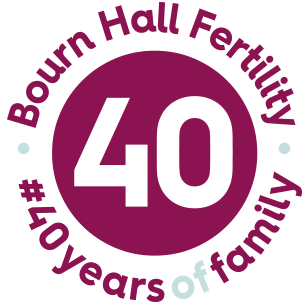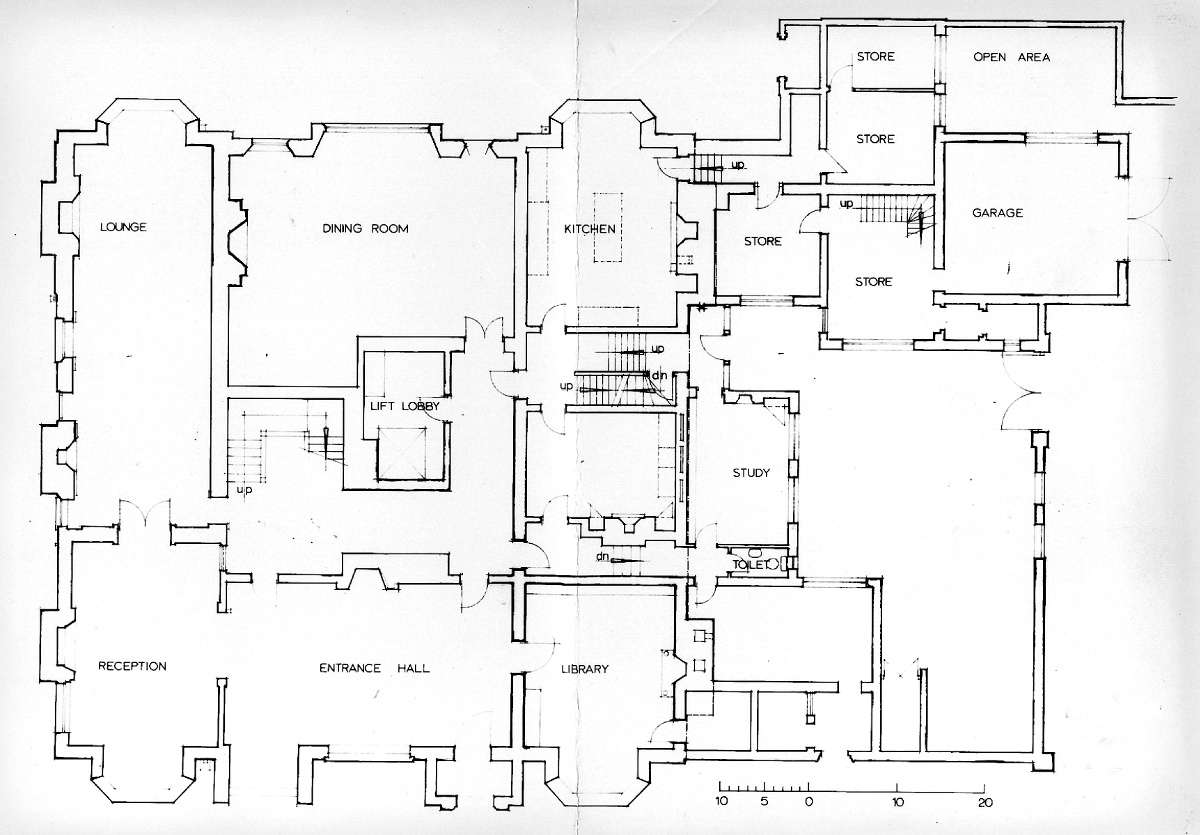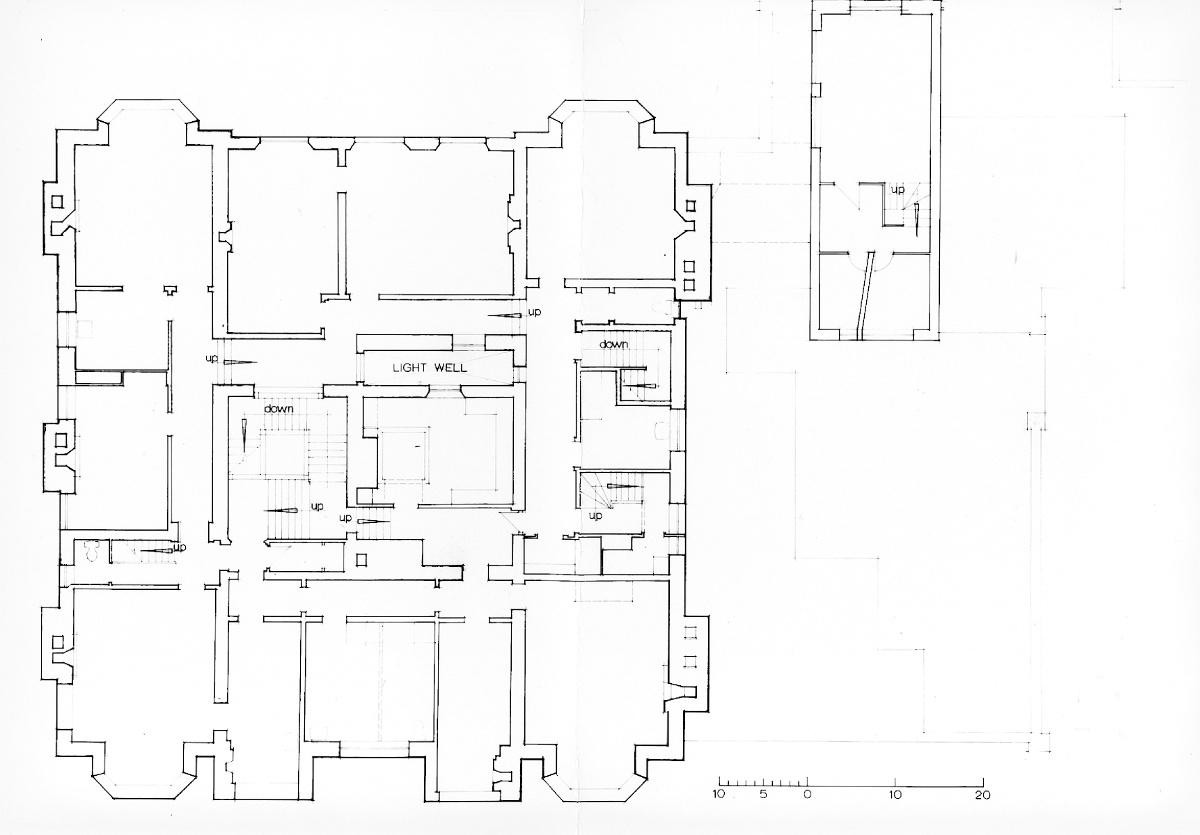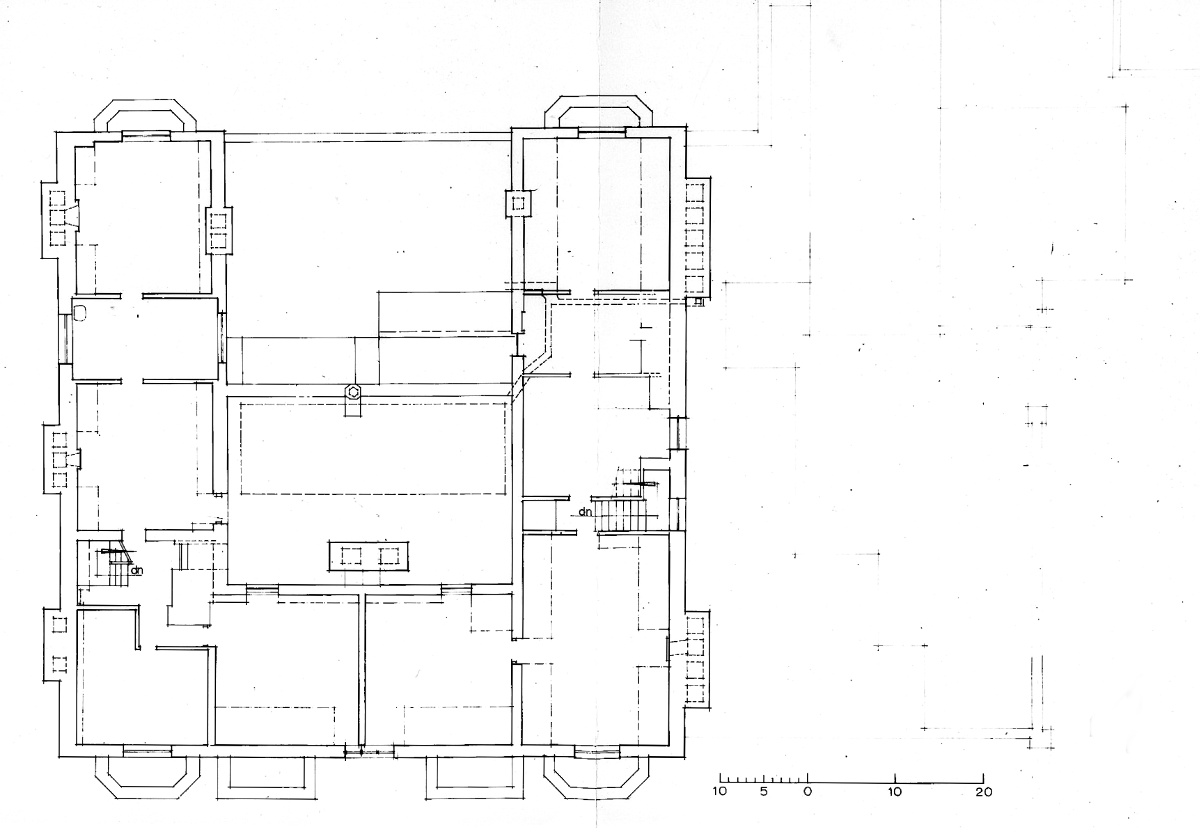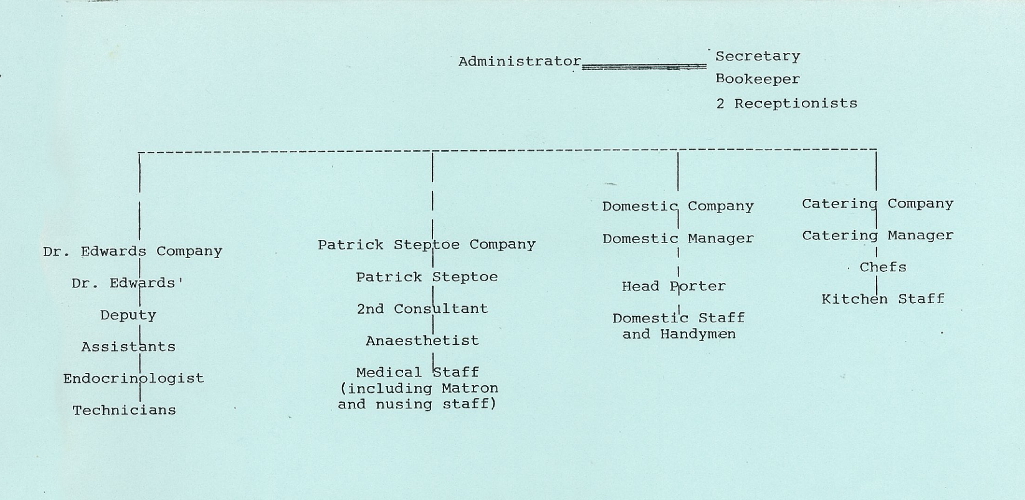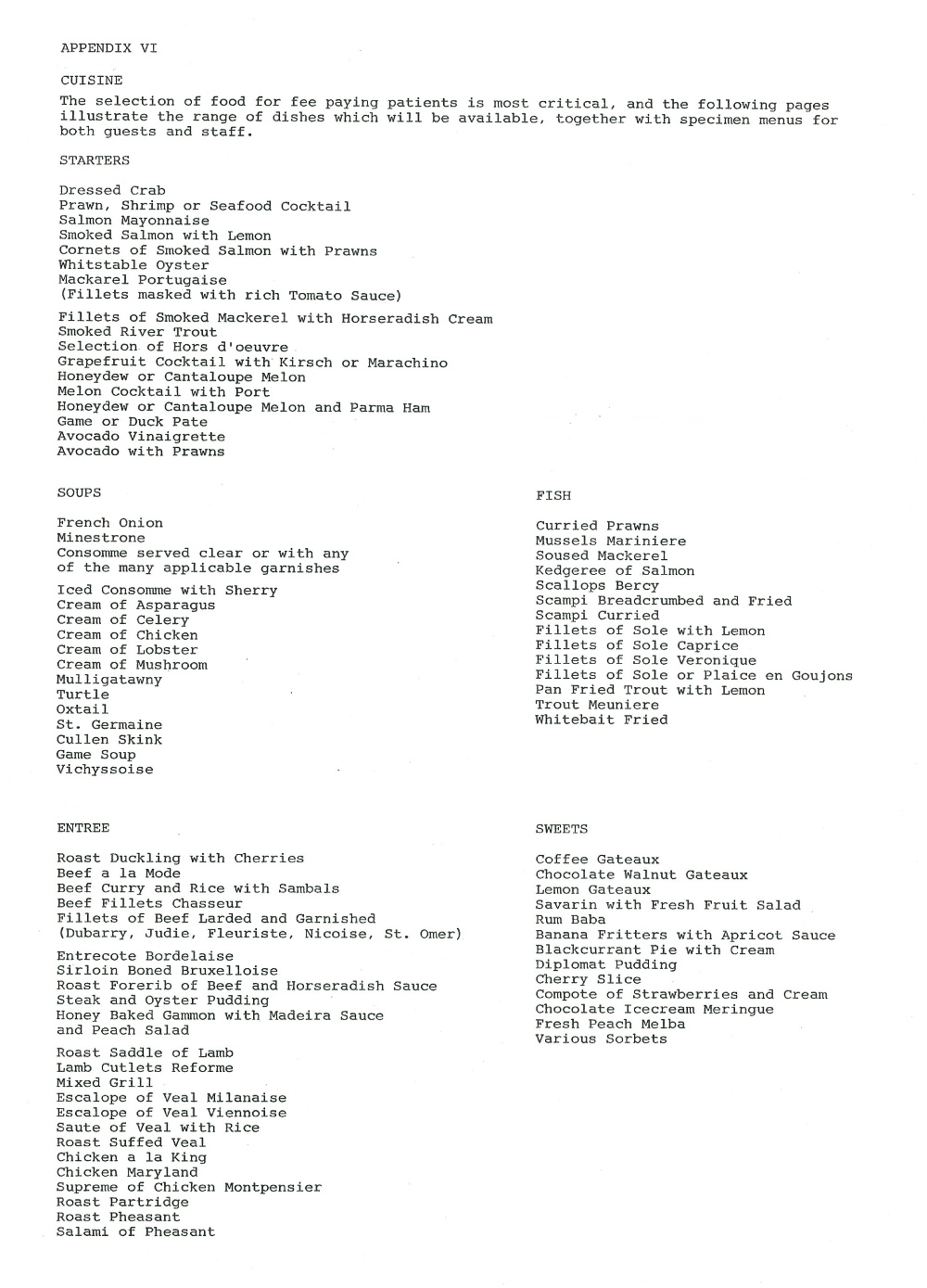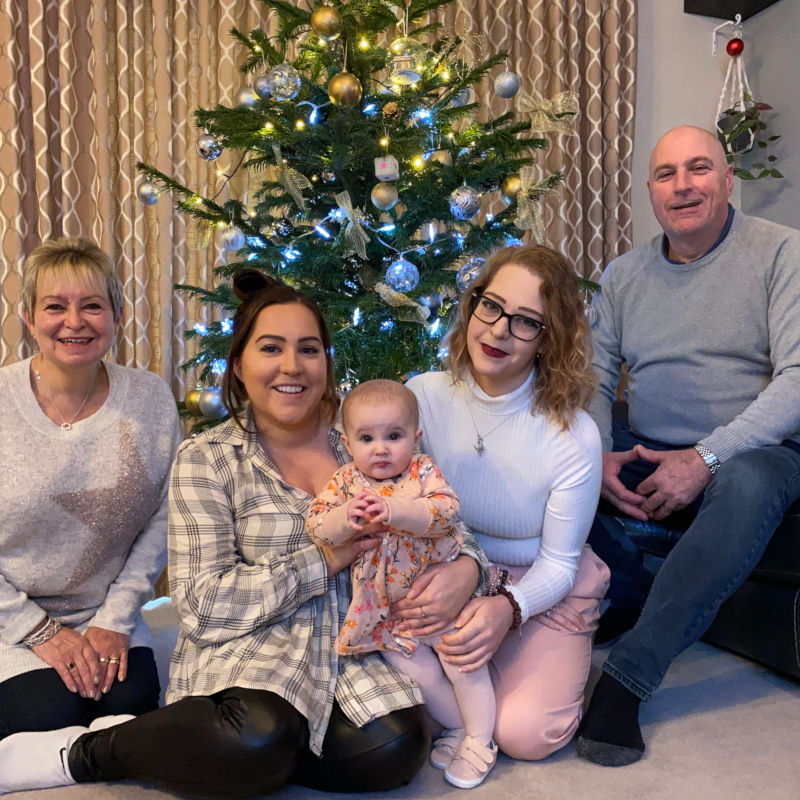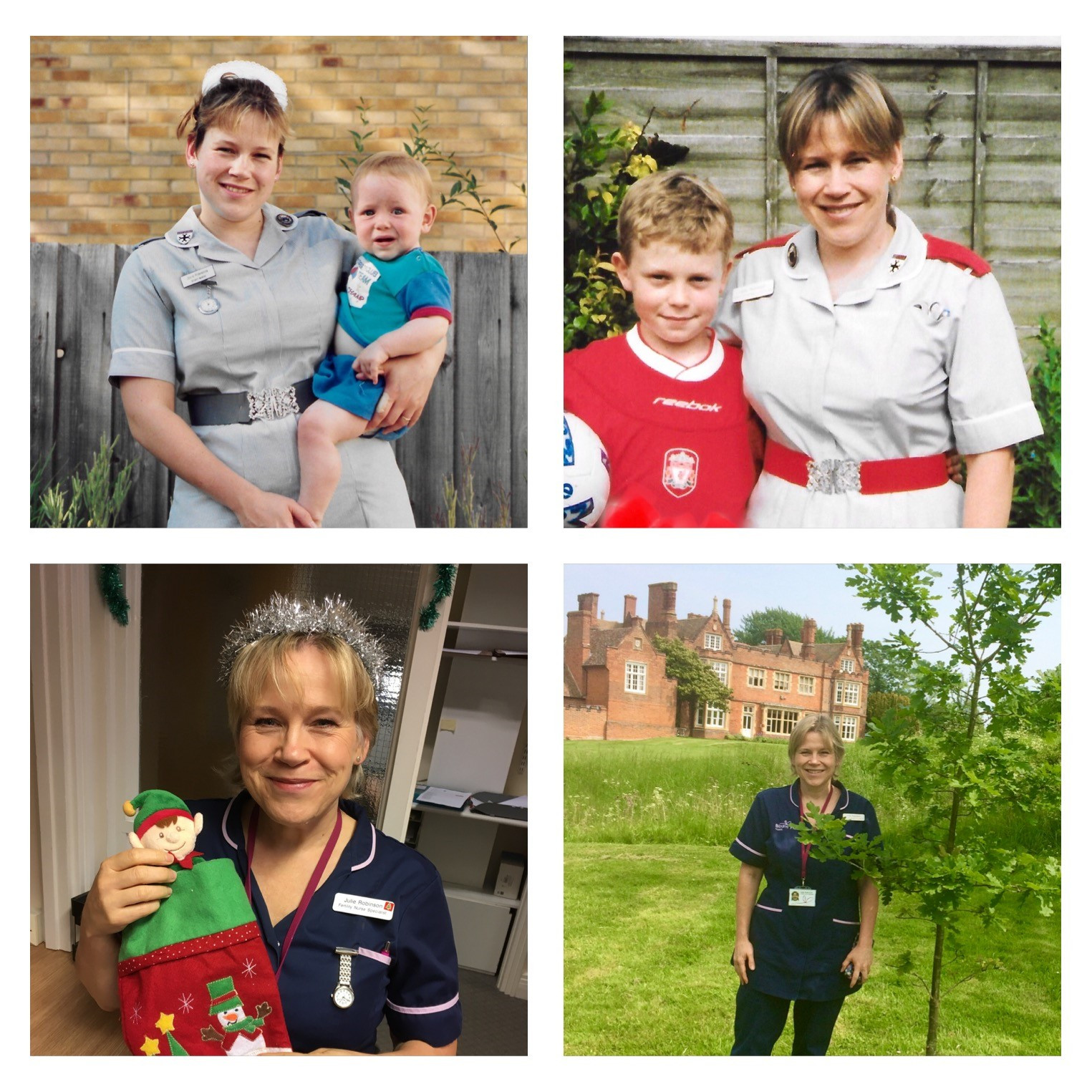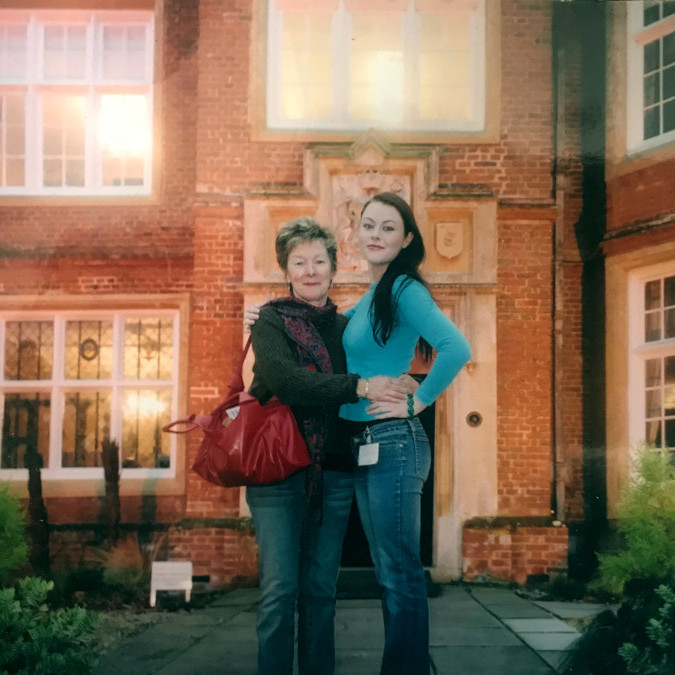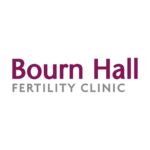As a new biography of IVF pioneer Robert Edwards is launched, Bourn Hall Clinic’s first Business Director, Alan Dexter, describes how financial backing was secured 40 years ago to open the world’s first IVF clinic.
Being transparent with patients over their chances of success with a ground-breaking treatment for female infertility was a priority, says Alan Dexter, who stepped in at the eleventh hour to help IVF pioneers Robert Edwards, Patrick Steptoe and Jean Purdy raise finance to open Bourn Hall as the world’s first IVF clinic in 1980.
“When the clinic opened, the initial stages were not easy. People were phoning up and asking about our success rate,” Alan remembers. “I had to say ‘to have a success rate first we have to treat people!’ But then the first successful pregnancy was achieved and it started to build.”
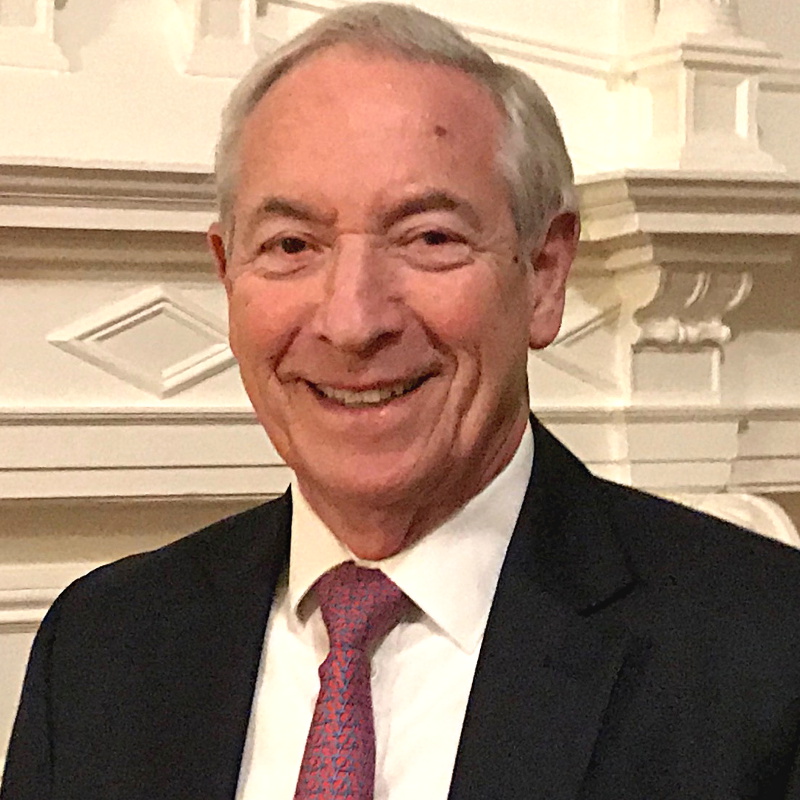
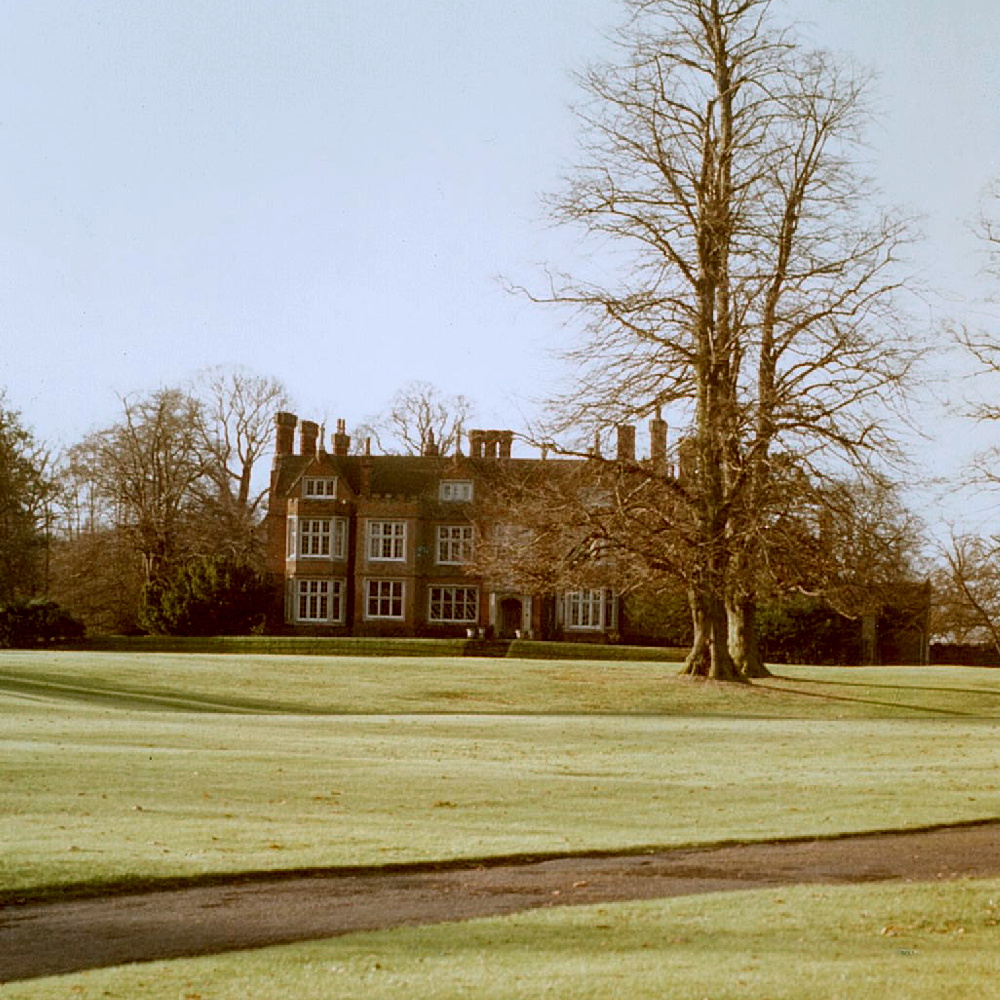
This year marks the 40th anniversary of Bourn Hall first opening its doors to patients. IVF was initially developed as a treatment for women with blocked fallopian tubes and there was a lot of stigma and secrecy around infertility. Alan recalls: “In the early days, people didn’t want others to know they’d had difficulty conceiving, so they came with cash. For if you wrote the name Bourn Hall on the cheque, the bank staff would know you were seeking a ‘test-tube’ baby.”
Alan Dexter was Bourn Hall’s first Business Director; he came in at a crucial time before Bourn Hall opened to provide the commercial knowledge. His first meeting with the team was in Professor Edwards’ lab at the University of Cambridge just after their internationally acclaimed success in Oldham and the births of the first test-tube babies – Louise Brown and Alastair Macdonald.
“I met Bob [Edwards] and Jeanie [Purdy] initially, and then Patrick subsequently. I was just stunned, I couldn’t believe that nobody would advance their cause.
“They were literally caught between two tools because the NHS was saying this was still science and there were more phases of research needed, yet the Medical Research Council was saying it wasn’t, they’d proved it with two live births. They asked if I could help them in any way – I agreed.”
At that stage the team had found a suitable location – a Jacobean manor in its own grounds with temporary accommodation for patients and staff – and the funds had been provided by Associated Newspapers. However, without the backing of the Establishment for the (at the time) futuristic medical treatment the proprietors of the newspaper had a change of heart.
Alan continues: “They were concerned that the treatment might be attacked by other parts of the media and the response was ‘no – sorry, but we think that this is at the edge of science and are not prepared to go any further.’ They were about to sell the Hall.
“I went with Bob and Patrick to meet the head of Associated Newspapers. We asked him to stop the auction process to see if I could raise the money to buy the Hall. I looked at the feasibility that they had produced, revised the business plan and went on a tour of the City. I wasn’t getting far when I saw an advert in the Financial Times for ICFC, which became 3i, offering funding for high technology projects and I thought, ‘right, I’m going to test that!’ and they were as good as their word.”
The original plans of Bourn Hall, before work began to transform it into the world’s first IVF clinic
Bourn Hall became one of the first companies to become part of the ‘Cambridge phenomenon’, which saw a rapid increase in high-tech and life science companies setting up in the region.
The pricing for treatment was complicated as initially IVF required women to stay in bed for about 10 days. Early patient Lesley Smith, mother of Norfolk’s first IVF twins, remembers she paid about £1,800 for treatment, the equivalent of £8,967 today.
Alan continues: “The principle I agreed with Bob and Patrick was a package with a standard charge including accommodation, regardless of how long patients were in there. It would have been unconscionable to say ‘actually, because ovulation was delayed it’s going to cost you more’. If treatment was cancelled for any reason and could not progress any further then there was a refund based on a daily rate. Certainly in no way was it going to be exploitative.”
Muriel Harris, a matron at Oldham District Hospital 40 years ago who had been working unpaid in her own time to ensure the success of IVF, came down to set up the nursing team. Muriel was so passionate about the new clinic that she volunteered to live at Bourn Hall to provide 24/7 care for the patients.
Initially, portacabins were used for the embryology lab and medical unit. “Eventually we were in the fortunate position of being able to create the permanent buildings, remove the cabins and build in that space. That took quite a long time,” says Alan.
“Bob was very aware of the ethical concerns around his work so an ethics committee was set up very quickly with senior gynaecologists and scientists not connected with Bourn Hall, giving opinions and guidance,” Alan continues.
“In fact Dame Mary Warnock came to Bourn Hall when the Human Fertilisation and Embryology Authority had been set up. Bob and Jeanie had laid out all the papers Bob had produced about ethical issues surrounding IVF over the years. She was very impressed, and she commented that ‘Professor Edwards was years ahead in confronting the issues’.”
After helping to set up Bourn Hall, Alan Dexter continued to enjoy a long career in private healthcare before re-joining Bourn Hall in 2014 as Chairman of the Board – a post he held until his retirement last year.
A new biography, Let there be Life, an intimate portrait of Robert Edwards and his IVF revolution, by Roger Gosden, has been published – see details here. Profits from sales have been pledged to Edwards & Steptoe Research Trust and RESOLVE (USA).
